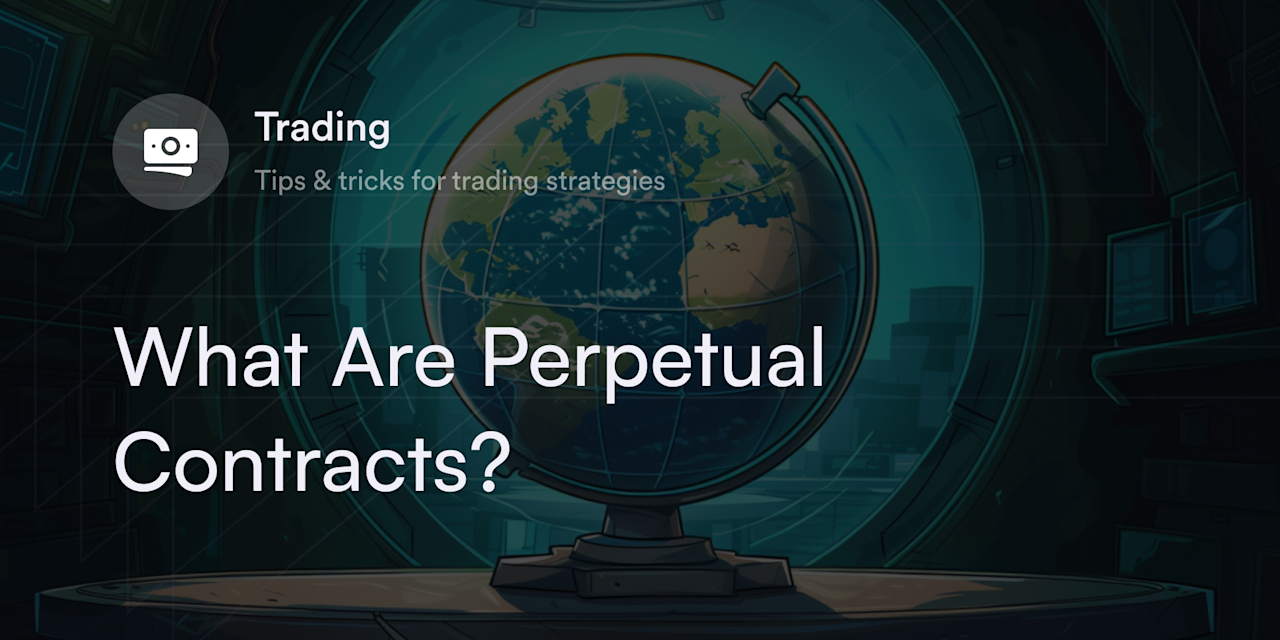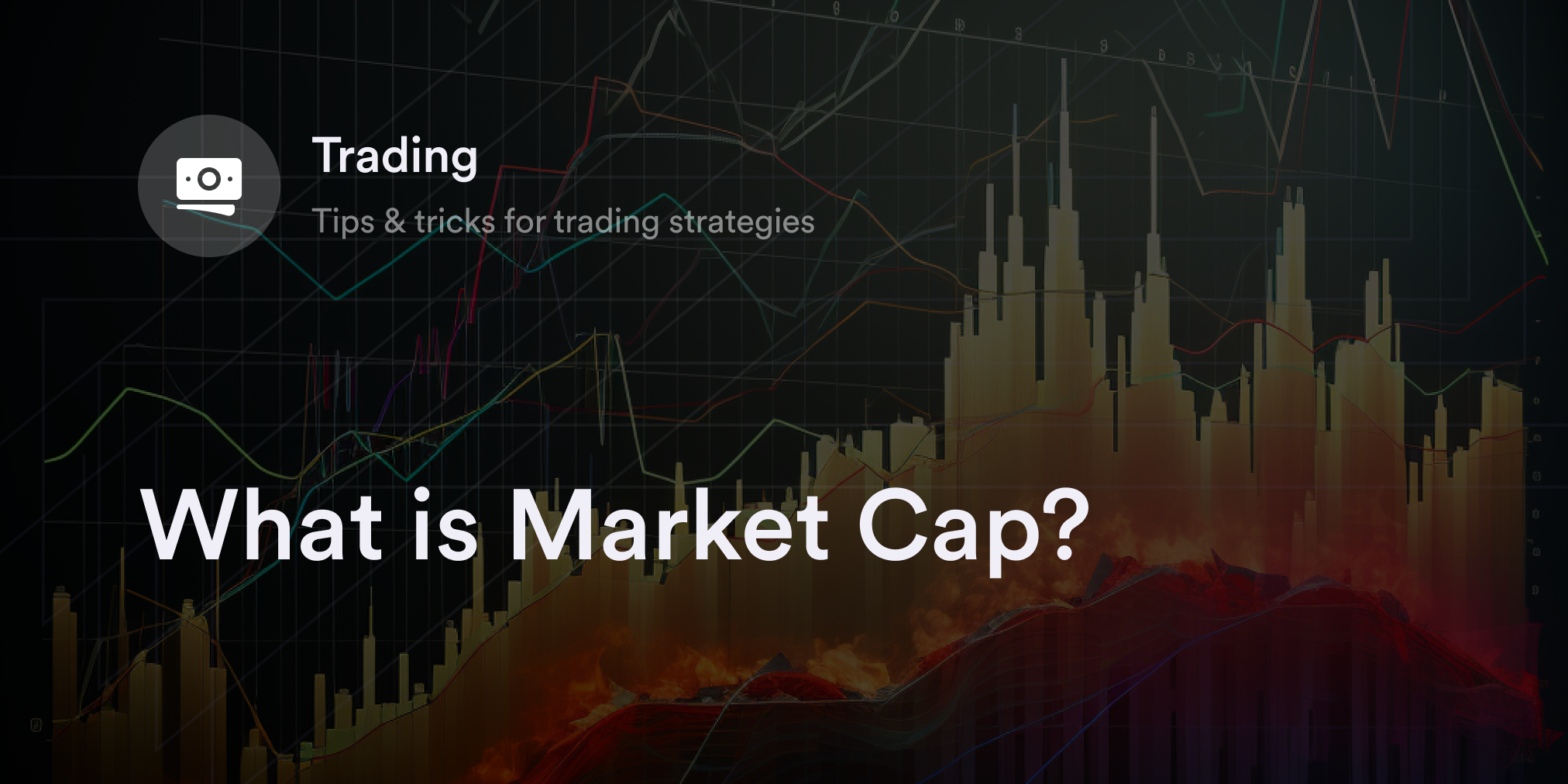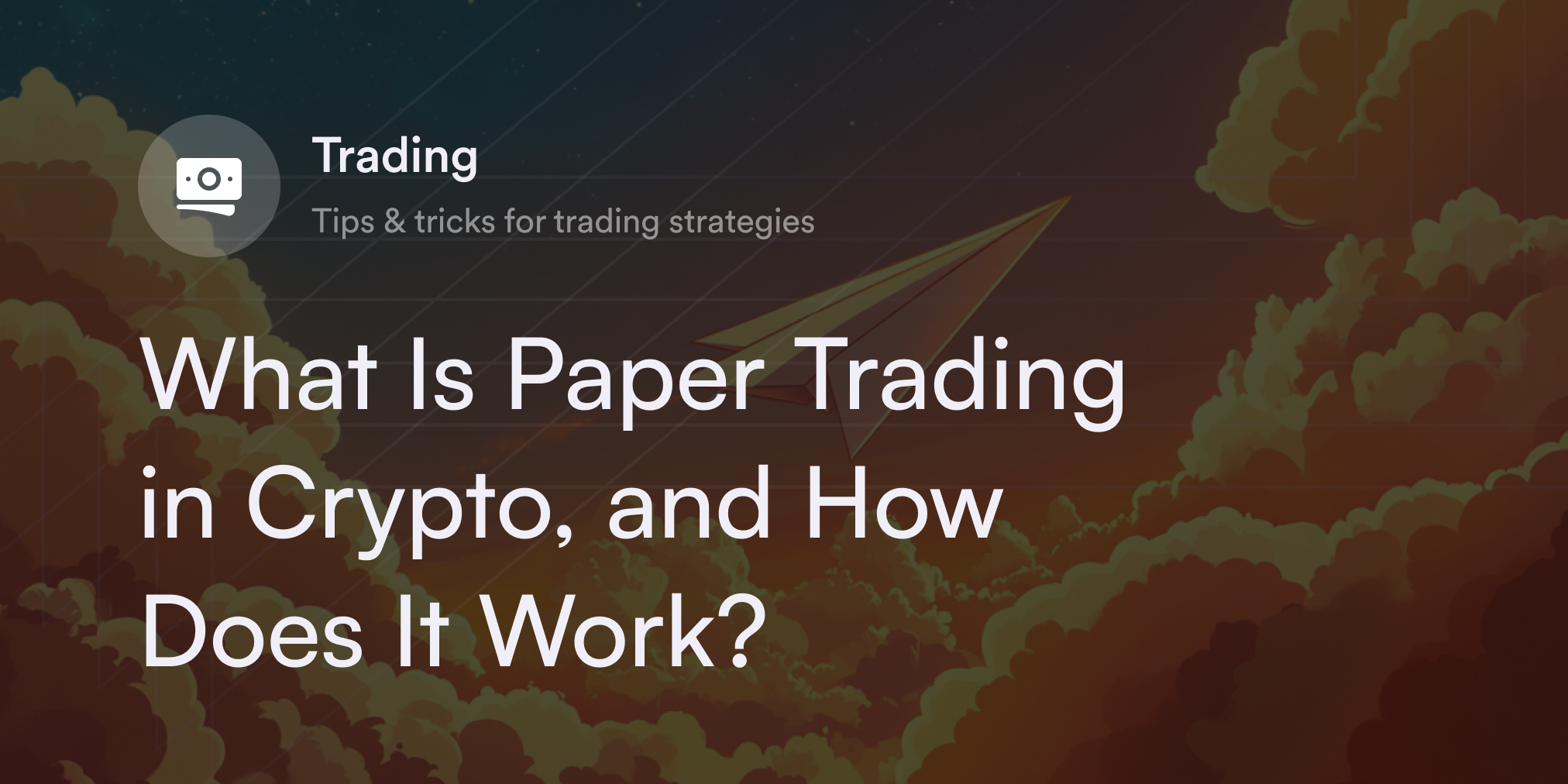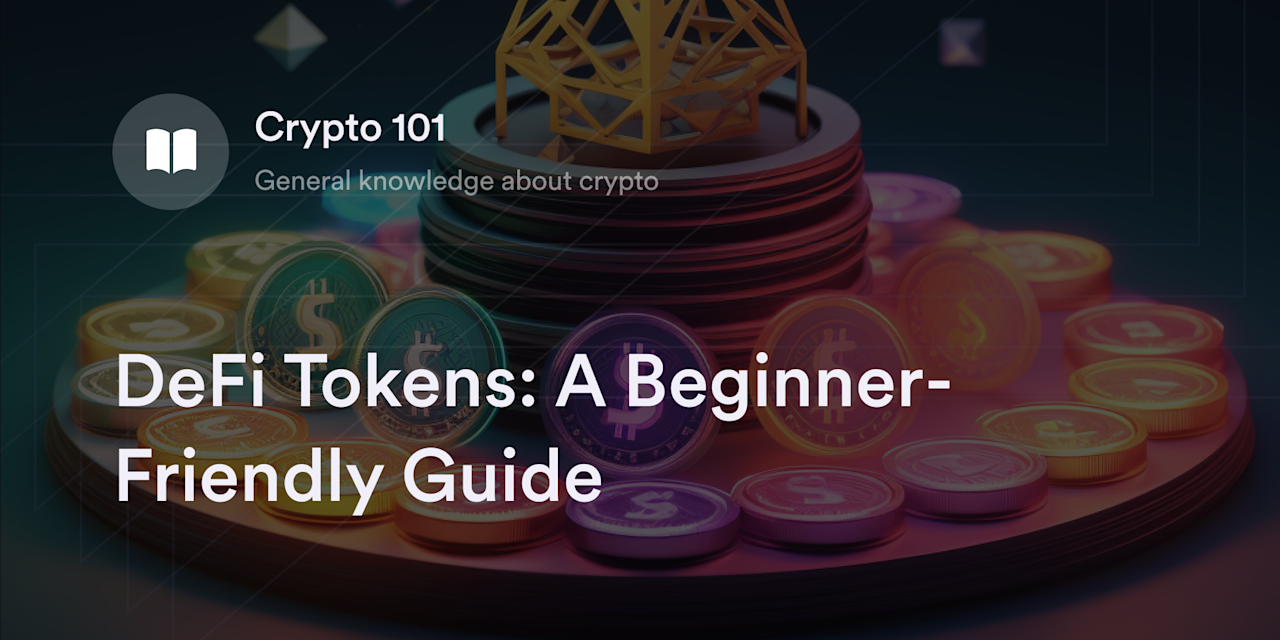


Before 2011, cryptocurrency investors were limited to spot trading—directly buying and selling digital assets. Today, there are dozens of ways crypto traders can derive value from virtual currency prices without holding coins or tokens. The most popular of these methods is perpetual swap contracts, which allow traders to bet on the future value of an asset.
Although perpetuals are relatively new to the crypto ecosystem, they account for billions in trading volume. In fact, at the time of writing, Bitcoin (BTC) perpetuals had a 24-hour trading volume of almost $49 billion. Same-day trading volume for the BTC itself was just shy of $32 billion. This phenomenon isn’t uncommon—in May 2020, the crypto derivatives market accounted for approximately 60% more 24-hour trading volume than the spot market.
Crypto perpetuals offer traders a unique opportunity to mitigate risk and leverage their positions for greater short-term profits amidst an extremely volatile ecosystem (if all goes to plan). Learn about the advantages and disadvantages of trading crypto perpetuals to decide if this derivative has a place in your investment portfolio.
What Are Crypto Derivatives?
Derivatives are instruments that derive their value from an “underlying” real-world asset such as a bond or stock. The contracts are held between two or more parties and allow them to speculate about an asset’s future value.
These legal agreements are powerful tools for traders because they grant exposure to the underlying asset’s price movements without requiring traders to actually hold the asset. Investors may use derivatives to mitigate losses (“hedging”) or take on risk with the expectation they will profit (“speculating”). Depending on the derivative, traders may have the option or obligation to trade the underlying down the road at a predetermined price.
Crypto derivatives peg their value to a digital asset, such as BTC—in this case, a derivative’s price increases or decreases with the price of BTC. Crypto investors often use these contracts to speculate rather than spot trade. However, someone may use derivatives to reduce risk if they expect a digital currency they hold to decrease in value.
What is a Crypto Perpetual Contract?
Crypto perpetuals, or “crypto perps,” are a particular type of derivative known as “futures.” As the name suggests, these contracts speculate on the price of a digital currency at a future date.
Purchasers of futures are betting an asset will be above or below a predetermined price by the time the agreement's expiration date rolls around. Traders who believe a crypto will rise buy “long” futures, while those who think the price will drop use “short” futures.
For example, two derivatives traders might enter a futures contract when the price of BTC is $25,000. Person A believes BTC will be worth more than $25,000 in exactly one month, while Person B is confident it will be worth less. Person A agrees to buy one BTC at $25,000 from Person B in a month’s time (the contract’s expiration date). If BTC is above the agreed-upon price on the date of expiry, Person A profits—and if it has fallen, Person B profits.
The difference between traditional futures and perpetuals is that the latter doesn’t have an expiry date. When a trader buys a crypto perp position, it remains open indefinitely—the only way to close a perp contract is to manually exit the position.
Let’s circle back to our example. If Person A chooses to enter a perpetual contract on a crypto exchange when BTC is at $25,000, they can hold the position until they’re happy with their profit margin. If they’re looking to make $10,000 from the contract, they might place an exit order when BTC reaches $35,000, whether that’s in six months, a year, or more.
How Do Crypto Perpetual Futures Work?
Crypto exchanges, such as dYdX, allow users to purchase long or short perp positions with a minimum collateral deposit called an “initial margin.” This initial margin is the percentage of the crypto the traders must hold to open a contract. On dYdX, the initial margin for a Bitcoin perpetual contract is 5% paid in the stablecoin USDC—in other words, people need at least 5% of their desired BTC perpetual position to start this trade.
Since perpetual contracts never expire, there are unique mechanisms that affect their pricing. Let’s break them down.
Maintenance margins
Every perpetual agreement has a “maintenance margin” rate. The maintenance margin is the lowest amount of collateral that traders need to keep their perpetual position active. In dYdX’s Bitcoin perp contract, traders are required to hold a 3% maintenance margin. If the collateral in a trader’s account falls below the 3% threshold, they lose their entire position, an event called “liquidation.”
Leverage
Optionally, perp traders can add borrowed funds (known as “leverage”) to increase their position size. On dYdX, traders can use up to 20x leverage on their crypto perpetuals positions. With a 20x leverage position, whenever a cryptocurrency rises by 1%, the perpetual’s value increases by 20%. Although leverage can produce dramatic gains, it increases the likelihood of liquidation when trades don’t go as planned. Since cryptocurrencies are already volatile, leverage is a high-risk strategy best suited for experienced traders.
Funding rate mechanisms
Perpetual futures contracts also come with a “funding rate mechanism” that deducts or adds fees to the holder’s account. The purpose of the funding rate mechanism is to adjust the perpetual’s value relative to the underlying asset’s price. For instance, if Bitcoin’s price goes above a perpetual’s price, the funding rate mechanism will charge longs fees to pay to shorts. On the other hand, if BTC goes below a perp’s price, the shorts will pay rebates to longs. These fees incentivize buying or selling to keep the perp contract in balance with the real-time price of BTC.
For example, a trader could buy a long Bitcoin perpetual contract for one BTC at $15,000. Whenever BTC goes above $15,000, the long perp holder is in profit. However, longs pay fees to shorts to maintain their premium position. By contrast, as BTC goes below $15,000, the perp holder contract loses value, but they receive rebates from short BTC sellers. The payment schedule for these fees depends on each crypto exchange’s funding rate.
The Benefits of Perpetual Contracts
To new traders, perpetuals may seem like a strange concept. Why buy a never-ending contract instead of holding cryptocurrency?
Although perpetuals don’t align with every investor’s strategy, they do offer unique benefits to those with the knowledge and experience to effectively utilize the agreements. Here are some upsides to trading in perps:
No need for crypto custody: Derivatives are ideal for traders who want crypto price exposure without the security risks associated with holding digital assets. With a perpetual contract, investors don’t need to hold the underlying asset to trade or profit from price changes.
Potential to open bullish or bearish positions: On the crypto spot market, traders can only take long positions by buying crypto. Perpetuals make it easier to bet against digital assets with short contracts, allowing investors to speculate on both positive and negative price swings.
Easy to protect long crypto positions (aka “hedging”): Investors already holding digital assets use perpetuals to minimize their risk during bear markets. Traders simply buy derivatives that are contrary to their long-term investments. For example, Ethereum (ETH) holders could open a short ETH perpetual to profit as ETH falls. Any gains from the short ETH perp help offset the losses in the long ETH portfolio.
Easy access to leverage: Leverage allows crypto traders to dramatically increase their position size with relatively little collateral. Although leverage increases a trader’s risk profile, it also exposes them to significant potential for gains.
Potential for gains in a sideways market: The fees in the funding rate mechanism pay perp traders when the crypto markets aren’t favorable to their position. Although the value of a perpetual may be in the red, traders receive fees until the price adjusts. These fees can boost a trader’s total return when the market recovers.
Some Risks Associated with Crypto Perpetuals
Like any position, perpetual contracts may result in unfavorable outcomes. A significant risk associated with perpetuals is the potential for liquidation. Since perpetuals offer relatively easy access to leverage, they are risky financial tools for inexperienced traders. Those unfamiliar with monitoring margins or using stop losses could quickly lose money in a leveraged position.
Anyone thinking about using perpetuals should pay careful attention to maintenance margins and fee requirements. If an investor doesn’t close a losing position or add enough collateral, they could face the risk of liquidation.
Start Trading Crypto Perpetuals on dYdX
dYdX offers traders a fast and simple way to tap into the crypto perpetuals market and thanks to our advanced trading tools, you can customize perp trades to suit your risk tolerance.
Check out our blog and YouTube channel to learn more about dYdX and our product. You can also browse our academy and improve your understanding of crypto and trading strategies. Head to our main page to start trading on dYdX today!
Disclaimer
The content of this article (the “Article”) is provided for general informational purposes only. Reference to any specific strategy, technique, product, service, or entity does not constitute an endorsement or recommendation by dYdX Trading Inc., or any affiliate, agent, or representative thereof (“dYdX”). Use of strategies, techniques, products or services referenced in this Article may involve material risks, including the risk of financial losses arising from the volatility, operational loss, or nonconsensual liquidation of digital assets. The content of this Article does not constitute, and should not be considered, construed, or relied upon as, financial advice, legal advice, tax advice, investment advice, or advice of any other nature; and the content of this Article is not an offer, solicitation or call to action to make any investment, or purchase any crypto asset, of any kind. dYdX makes no representation, assurance or guarantee as to the accuracy, completeness, timeliness, suitability, or validity of any information in this Article or any third-party website that may be linked to it. You are solely responsible for conducting independent research, performing due diligence, and/or seeking advice from a professional advisor prior to taking any financial, tax, legal, or investment action.
You may only use the dYdX Services in compliance with the dYdX Terms of Use available here, including the geographic restrictions therein.
Any applicable sponsorship in connection with this Article will be disclosed, and any reference to a sponsor in this Article is for disclosure purposes, or informational in nature, and in any event is not a call to action to make an investment, acquire a service or product, or purchase crypto assets. This Article does not offer the purchase or sale of any financial instruments or related services.
By accessing this Article and taking any action in connection with the information contained in this Article, you agree that dYdX is not responsible, directly or indirectly, for any errors, omissions, or delays related to this Article, or any damage, injury, or loss incurred in connection with use of or reliance on the content of this Article, including any specific strategy, technique, product, service, or entity that may be referenced in the Article.







